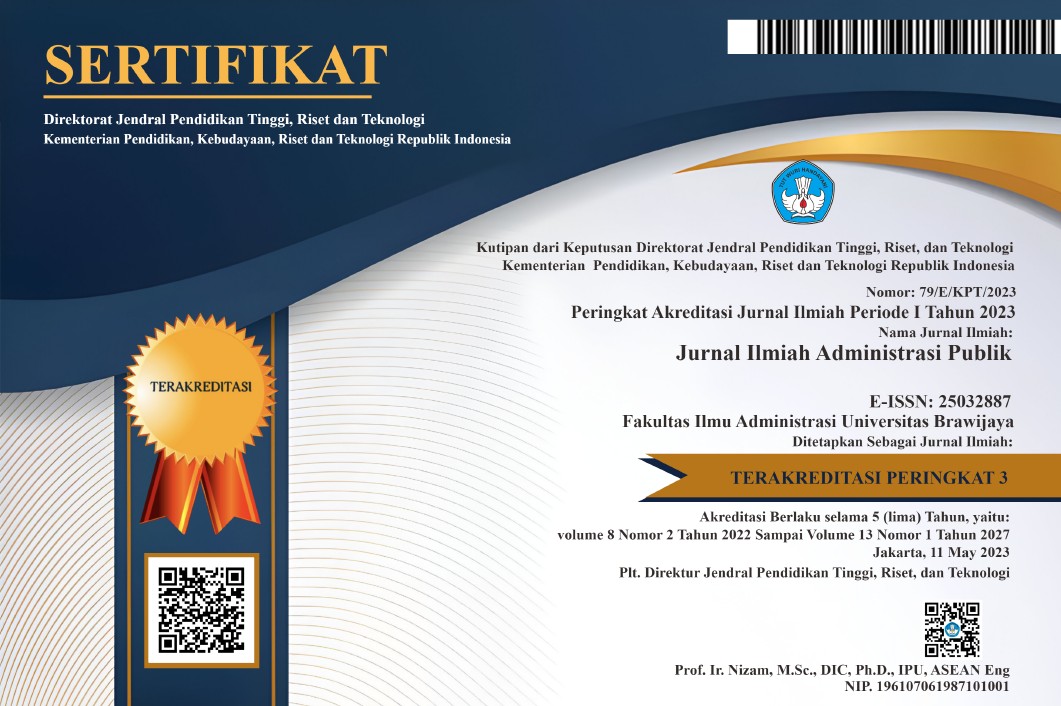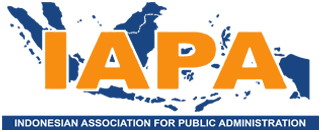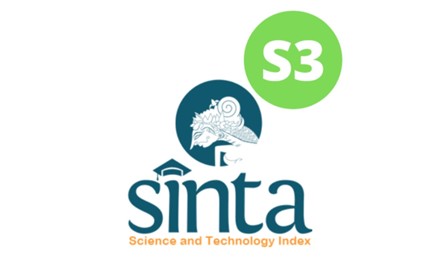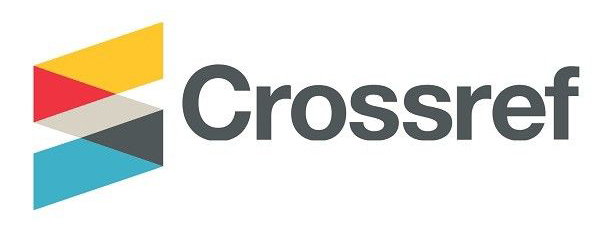Collaborative Governance Program GenRe Sebagai Upaya Peningkatan Kesadaran Remaja Terhadap Kesehatan Reproduksi di Provinsi DIY
DOI:
https://doi.org/10.21776/ub.jiap.2019.005.01.1Keywords:
collaborative governance, GenRe Program, adolescent reproductive health, Daerah Istimewa YogyakartaAbstract
Problems of adolescence such as unwanted pregnancy, early marriage, risky adolescent childbirth have sought attention to urgently resolve. Based on the data from family planning institute (PKBI), as many as 976 of 1.078 childbirth cases happened at age 10-18 years in 2015. This study focuses on finding out the possible collaborative dynamics in GenRe program, which aims at checking adolescence reproduction health. This research uses descriptive method with qualitative approach and case study design. Based on the research, it showed that the highly and interest power have Gubernur DIY, BPPM DIY, Dinas Dikpora DIY, Dinas Sosial DIY, Dinas Kesehatan DIY, Perwakilan BKKBN DIY between stakeholders including with power and interests low have Biro Kesra Setda DIY. Collaboration has been done through principled engagement, share motivation and capasity of join action show FP2KRR forum, but the leadership and management resources are still under expectation.References
Ansell, Chris., & Alison Gash. (2007). Collaborative Governance in Theory and Practice. Journal of Public Administration Research and Theory, Vol. 18(4), pp.534-571.
Arfan, M., Wilopo, S. A., & Wahyuni, B. (2010). Efektivitas Pendidikan Kesehatan Melalui E-File Multimedia Materi KRR dan Tatap Muka di Kelas terhadap Peningkatan Pengetahuan Kesehatan Reproduksi Remaja. Berita Kedokteran Masyarakat, Vol. 26(3), pp.107-114.
Bryson, J. M. (2004). What to do when stakeholders matter: stakeholder identification and analysis techniques. Public Management Review, Vol. 6(1), pp.21-53.
Choi, T., & Robertson, P. J. (2013). Deliberation and Decision in Collaborative Governance: A Simulation of Approaches to Mitigate Power Imbalance. Journal of Public Administration Research and Theory, Vol. 24(2), pp.495-518.
Eden, C., & Ackermann, F. (1998). Making Strategy: The Journey of Strategic Management. Sage Publications, London.
Emerson Kirk, Tina Nabatchi., and Stephen Balogh. (2011). An Integrative Framework for Collaborative Governance. Journal of Public Administration Research and Theory, Vol. 22, Issue 1, pp.1-29
Imron, Ali. (2012). Pendidikan Kesehatan Reproduksi Remaja. Yogyakarta: Ar-ruzz Media.
Iriani, F., Nisfiannoor, M., & Tendi, N. Y. (2006). Perbedaan Sikap Terhadap Hubungan Seks Pranikah Antara Remaja Yang Diberi Penyuluhan Dan Yang Tidak Diberi Penyuluhan Kesehatan Reproduksi Remaja. Jurnal Psikologi, Vol. 4(1), pp.14-37.
Kementrian Kesehatan Republik Indonesia. (2015). Situasi Kesehatan Reproduksi Remaja. Tersedia pada http://www.depkes.go.id/resources/download/pusdatin/infodatin/infodatin%20reproduksi%20remaja-ed.pdf [Diakses pada 28 Maret 2017].
Mahfina, Layyin., Elfi Yuliani Rohmah., & Retno Widyaningrum. (2009). Remaja dan Kesehatan Reproduksi. STAIN Ponorogo, Yogyakarta.
Marmi. (2013). Kesehatan Reproduksi. Jakarta: Pustaka Pelajar.
Mayers J. (2005). Analisis Kekuatan Stakeholder Dalam Manajemen Kalaborasi: Memahami Pluralisme Membangun Konsensus. In: Suporahardjo (ed). Bogor: Pustaka Latin.
Triwardani, Reny., & Hendariningrum, Retno. (2014). Communicating GenReto the Youth: Indonesia and the Youth Family Planning Program Based in Daerah Istimewa Yogyakarta Province. E-Proceeding of the World Conference on Integration of Knowledge (WCIK 2014), 15-16 September 2014, Bandung, Indonesia.
Downloads
Published
Issue
Section
License
If your paper is accepted, the author identified as the formal corresponding author for the paper will receive an email prompting them to login into Author Services; where via the JIAP Author Licensing Service they will be able to complete the license agreement on behalf of all authors on the paper.














